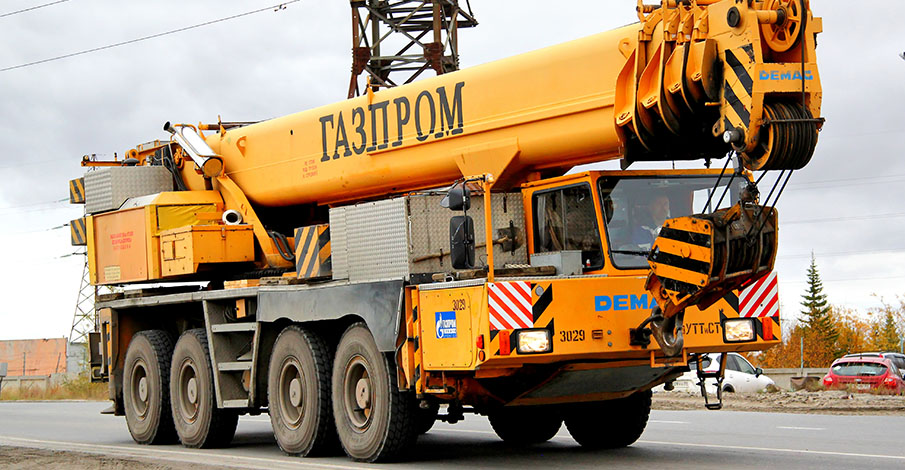Operating a crane at construction sites can be a risky process. Even a slight mistake can cause millions of worth of damages and delay the project. Plus, the contractor might end up with some serious blood on his hands as well. This is why states have stringent laws that govern and regulate crane rigging and its operations. Let’s dig a bit deeper and discuss the roles and responsibilities that should be taken to ensure safe and successful completion of projects.
Understanding The Safety Requirements
As mentioned earlier, several states have serious authorities such as The American Society of Mechanical Engineers and the Occupational Safety and Health Administration that overlook the heavy lifting crane operations. It is necessary for contractors and the entire construction industry to be familiar with these requirements to avoid legal troubles down the road.
Apart from the requirements that ensure the safety of the personnel involved in the projects, these standards also define the qualifications of the personnel involved in the lifting process. Generally, two terms are used to describe such personnel i.e. “qualified” and “competent”.
A qualified person is someone who possesses a recognized degree or certificate along with extensive training or knowledge and experience. Additionally, he/she should also be able to solve problems as effectively and efficiently as possible to keep the project running as per schedule.
Meanwhile, a competent person is someone who keeps the personnel safe and secure by identifying existing and predictable hazards and eliminating them. This is not only limited to the cranes but also the entire working site.
Crane Owner
According to the ASME, a crane owner is someone who possesses the custodial control of the crane and provides all the necessary information related to the maintenance and operations to the crane user. In addition to that, it is the responsibility of the crane owner to provide all the instructions, manuals, charts, warning decals, placards, etc. to the crane user while it is being handed over.
Furthermore, the crane owner should also inspect and test the machine prior to lending it for any potential repairs and replacements. However, these responsibilities are not limited and will extend until the crane is safe and secure for lifting heavy weights.
Crane User
The ASME defines the crane user as someone who takes the crane under his/her control and arranges for its presence on site. Moreover, the crane user should be qualified and experienced, who should perform a crane inspection on their end as well to make sure everything is in perfect working condition.
Next, the crane user is also responsible for informing the crew involved in the process about their roles and responsibilities. If there are any issues, the crane user should communicate them with the crane owner first before operating.
Site Supervisor
The site supervisor as defined by ASME is a party that overlooks the entire worksite including the tasks that are being performed. The site supervisor ensures that the crane meets the inspection requirements and regulations, considers external factors such as the weather conditions, and makes sure that the worksite is always safe for the team working on the ground.
In addition to that, the site supervisor has to inspect the working site and make necessary arrangements for the crane to operate before it arrives. The type of crane chosen for the task will primarily depend on the terrain. And finally, the safety of the surroundings is also amongst the prime responsibilities of the site supervisor.
Lift Director
The lift director is a party that specifically deals with tasks performed by the crane. The ASME states that the lift director should always be present on-site while the crane is being used. Additionally, it is the responsibility of the lift director to make that the load is properly balanced and rigged, ensure that rigging is done by competent personnel, halt crane operations if there is a possibility of accidents, ensure area preparation before the crane operations can begin along with several other important responsibilities.
Final Word
Crane lifting operations are complicated and require the participation of several qualified and expert individuals to ensure safety and security. Therefore, it is important that you are aware and familiar with the requirements and regulations mentioned above to keep the worksite and personnel away from harm’s way at all times. Work with experienced crane services VA and operators to prevent accidents.



